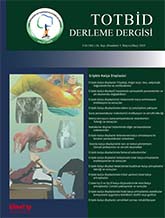
Developmental dysplasia of the hip (DDH) is characterized by structural abnormalities in the acetabulum and femur, making it the leading cause of secondary osteoarthritis in young adults. In Crowe type II and III dysplasia, total hip arthroplasty (THA) presents significant technical challenges due to deficient acetabular bone stock, increased femoral anteversion, hypoplastic femoral canals, soft tissue contractures, and leg length discrepancies. This review discusses the surgical anatomy, classification systems, and importance of preoperative planning for such cases. Techniques for acetabular reconstruction-including autografts, trabecular metal augments, and cotyloplasty-are addressed, along with femoral management strategies such as derotational osteotomy, shortening osteotomy, and proper stem selection. The role of surgical approach, implant positioning, and soft tissue management is emphasized as key determinants of postoperative outcomes. Despite the complexity and high complication risk associated with THA in dysplastic hips, favorable clinical and functional outcomes can be achieved through meticulous planning, patient-specific strategies, and experienced surgical execution.